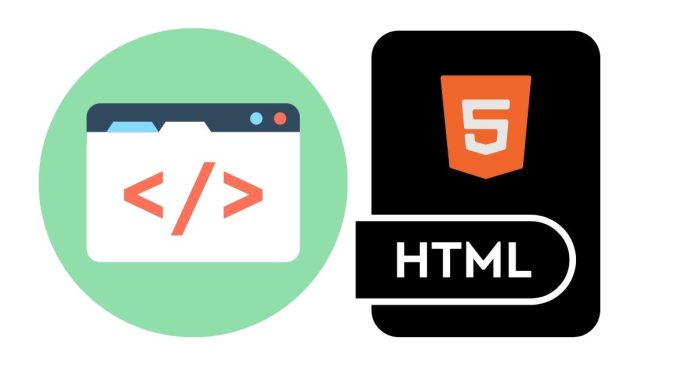The <div> tag in HTML is a block-level element used for grouping and styling content. It is a generic container that can hold other HTML elements, like text, images, or other tags, and is often used for applying CSS styles or JavaScript functionality to a group of elements.
Here is an example of the <div> tag in use:
<!DOCTYPE html>
<html lang="en">
<head>
<meta charset="UTF-8">
<meta name="viewport" content="width=device-width, initial-scale=1.0">
<title>Div Example</title>
<style>
.container {
width: 80%;
margin: 0 auto;
padding: 20px;
background-color: lightgray;
}
.header {
font-size: 24px;
font-weight: bold;
text-align: center;
}
.content {
margin-top: 10px;
font-size: 18px;
}
</style>
</head>
<body>
<div class="container">
<div class="header">This is the Header</div>
<div class="content">This is some content inside the div element.</div>
</div>
</body>
</html>
Key Points:
- Grouping: The
<div>tag helps group multiple elements together, making them easier to style and manage. - Styling: The
<div>tag is often used with CSS to control the layout, positioning, and design of elements within it. - Semantic Role: While the
<div>tag itself doesn’t provide any semantic meaning (i.e., it doesn’t convey any specific content type like<header>or<footer>), it is useful for layout purposes.
Common Uses:
- Structuring a page into sections (e.g., header, footer, main content).
- Styling with CSS by assigning a class or id to the
<div>. - JavaScript interactivity or DOM manipulation.
Let me know if you need further clarification or examples!


